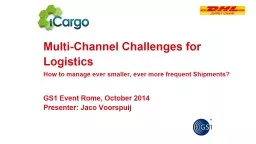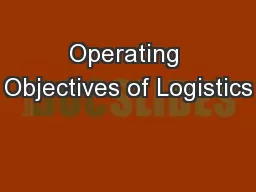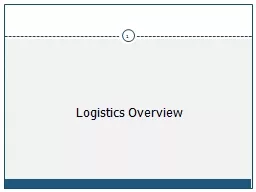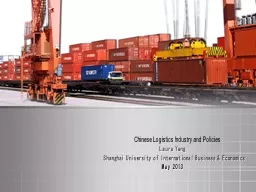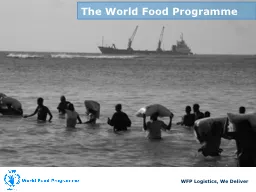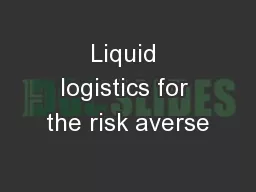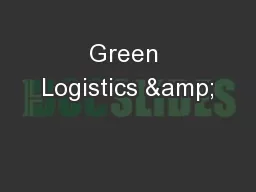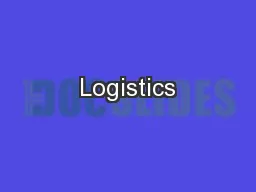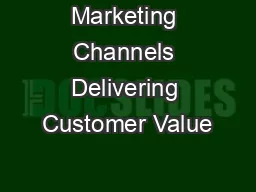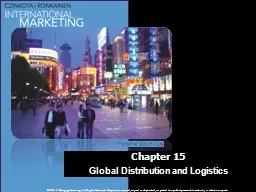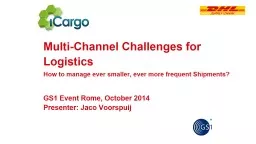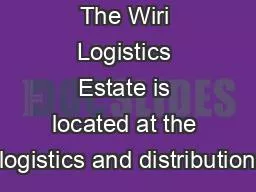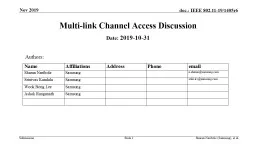PPT-Multi-Channel Challenges for Logistics
Author : pasty-toler | Published Date : 2020-04-05
How to manage ever smaller ever more frequent Shipments GS1 Event Rome October 2014 Presenter Jaco Voorspuij 4 Mega Trends moving Logistics Markets Emerging trends
Presentation Embed Code
Download Presentation
Download Presentation The PPT/PDF document " Multi-Channel Challenges for Logistics" is the property of its rightful owner. Permission is granted to download and print the materials on this website for personal, non-commercial use only, and to display it on your personal computer provided you do not modify the materials and that you retain all copyright notices contained in the materials. By downloading content from our website, you accept the terms of this agreement.
Multi-Channel Challenges for Logistics: Transcript
Download Rules Of Document
" Multi-Channel Challenges for Logistics"The content belongs to its owner. You may download and print it for personal use, without modification, and keep all copyright notices. By downloading, you agree to these terms.
Related Documents

